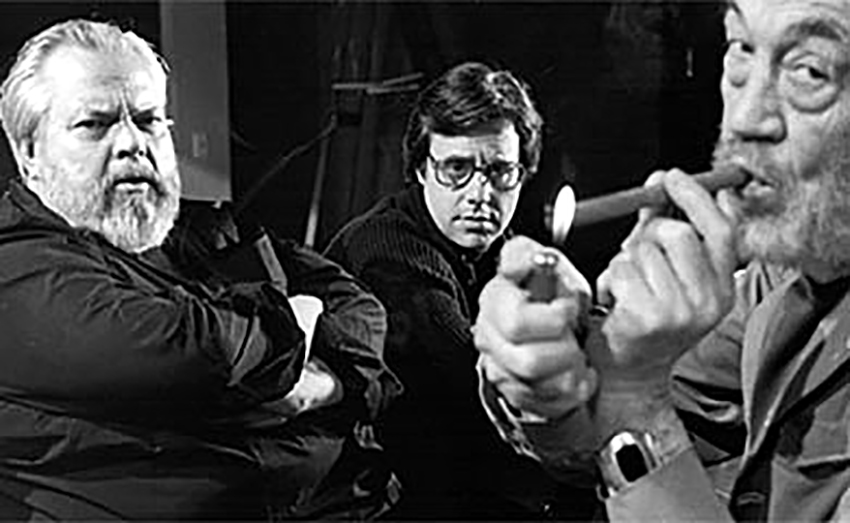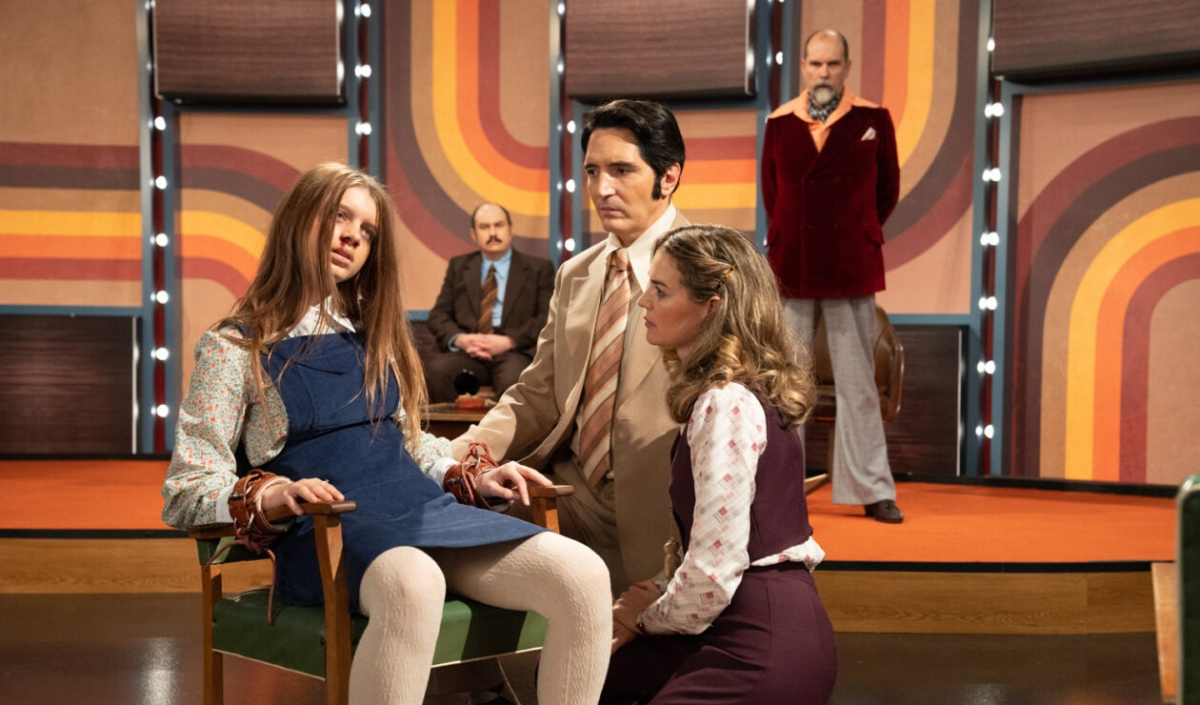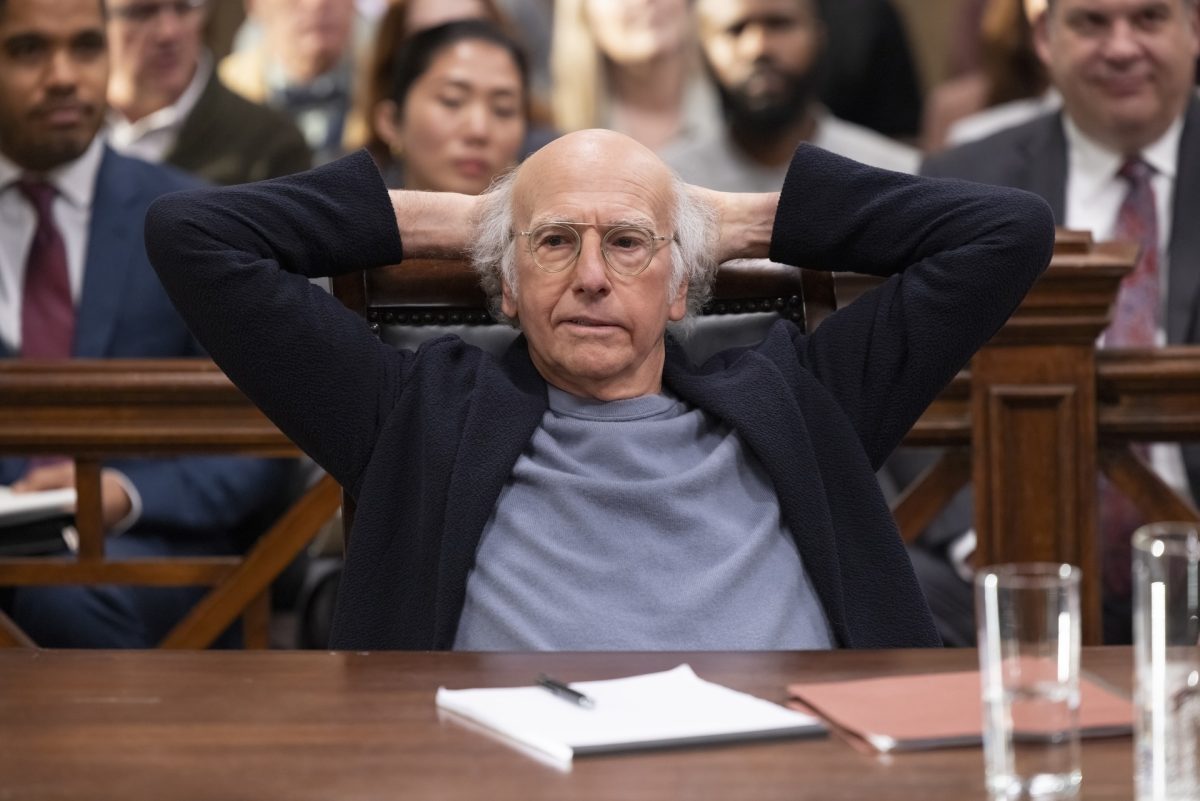Oscar winner Orson Welles was the genius behind “Citizen Kane” and the star in “The Third Man,” and his legacy remains long after his death in 1985. With his death, Welles left behind “The Other Side of the Wind.” This year, a group of film buffs including Bob Murawski from “Hurt Locker,” released the film.
“The Other Side of the Wind” is a harsh, kaleidoscopic story about Jake Hannaford (John Huston), an old director attempting to make his comeback with a new movie of the same name. The film follows Hannaford on his 70th birthday, the day before his death. He invites journalists and movie fanatics to the party to witness the first screening of his unfinished movie. Hannaford’s movie is a mess of colors and sex, and many of the characters in the movie ask what his intentions are and the meaning behind it.
The movie is an obvious reflection on Welles’ own life, as we see Hannaford put on a pedestal and torn down by the way people idolize him. Whether it is from pressure or his own self-loathing, the film is focused on Hannaford’s downfall.
At best, “The Other Side of the Wind” is hard to follow. At worst, it’s a mess. The camera angles are closely zoomed in on character’s faces and the film frantically switches perspectives like it’s unable to decide what it wants to do. Perhaps the angles and the shaky filming are meant to be an indicator of the way Welles felt at the end of his life, but the movie comes off as unprofessional and difficult to watch.
The music is a fast-paced jumble of noises that range from stoic guitar chords to rushed hip hop music, and the change of pace in music is often overwhelming. The music is repeatedly interrupted by screaming, talking and yelling, with most of it directed at Hannaford. Everyone wants his attention, yet he only seems to want to give it to his work. The loud noises and frantic sounds actually add to the movie as one can get a sense of what Hannaford is actually experiencing: the panic, the attempt to be younger, to be sexier and the fear of being irrelevant.
The person whose face is shown the most is Hannaford, as if the camera is literally trying to peer into the aging director’s soul. But the camera flickers to naked bodies of young women continuously and the movie comes off as phony as Hannaford’s upcoming film. It becomes an impression of the great movie it could have been. The nudity in the film gives it a postmodern edge, but also detracts from the main message of the film and messes up the plot even further.
“The Other Side of the Wind” is a look into the mind of Orson Welles, a window into the supreme self-loathing, hatred and fear that the director felt in his later years. However, the flashy images, the incoherency of the plot, poor camera handling and fragmentation of story makes the movie hard to follow and truly understand. Although the movie had the potential to be another one of Orson Welles’ great classics, the film is too raunchy and messy and it should have been left in the past.
“The Other Side of the Wind”
Rating: R
Running Time: 122 minutes
Score: 2/5 stars





















